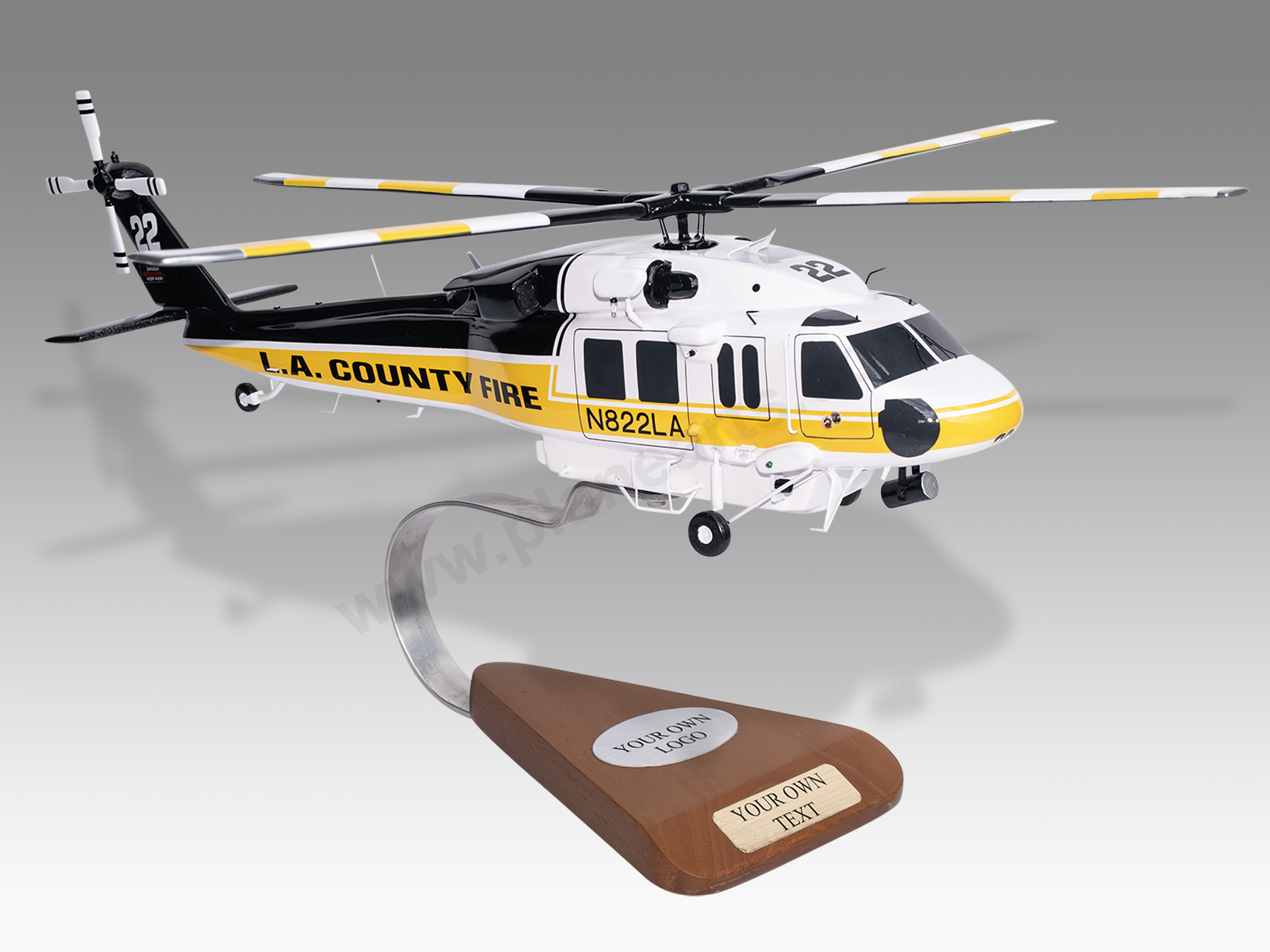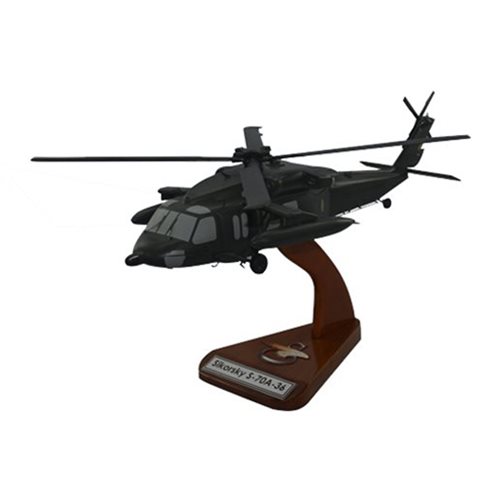Sikorsky S 70: Enhancing Helicopter Effectiveness and Flexibility
Sikorsky S 70: Enhancing Helicopter Effectiveness and Flexibility
Blog Article
High-Performance Multi-Role Rotorcraft Featuring Advanced Cabin Technologies and Integrated Sensor Solutions
The realm of rotorcraft technology has actually seen remarkable innovations in recent times, specifically in the realm of high-performance multi-role rotorcraft furnished with innovative cockpit innovations and flawlessly incorporated sensor systems. In the adhering to discussion, we will discover the evolution of rotorcraft innovation, delve into the realm of innovative cockpit advancements, and examine the ramifications of incorporated sensor systems on the operational adaptability and performance of modern rotorcraft.
Development of Rotorcraft Modern Technology
The evolution of rotorcraft innovation has actually been noted by significant improvements in the rules of aerodynamics, products, and propulsion systems, shaping the abilities and efficiency of modern-day rotorcraft. Wind resistant improvements have improved the effectiveness and ability to move of rotorcraft, permitting increased speed, agility, and stability during flight (sikorsky s 70). Advancements in products, such as the usage of composite products and progressed alloys, have actually caused lighter yet more powerful rotorcraft frameworks, enhancing total efficiency and longevity. Additionally, advancements in propulsion systems, including more powerful engines and innovative propulsion technologies, have actually allowed rotorcraft to attain higher elevations, faster speeds, and better payloads.
These innovations have not just transformed the capabilities of rotorcraft yet have actually also increased their applications throughout various sectors, consisting of armed forces, commercial, and emergency situation services. The continual development of rotorcraft technology remains to drive advancement in the field, pushing the borders of what is possible and forming the future of vertical trip.
Advanced Cockpit Innovations
Structure upon the foundational advancements in the rules of aerodynamics, materials, and propulsion systems, the world of rotorcraft technology now moves focus towards pioneering Advanced Cockpit Innovations. The assimilation of innovative technologies within the cabin environment plays a crucial function in boosting the operational capacities, safety, and effectiveness of modern rotorcraft. sikorsky s 70. Advanced Cockpit Innovations incorporate a broad selection of features created to provide pilots with improved situational recognition, structured data administration, and instinctive control interfaces
Among the essential innovations in cockpit style is the application of glass cabins, which change conventional analog assesses with high-resolution displays. These digital systems use personalized formats, real-time data combination, and boosted readability, making it possible for pilots to access important details at a glance. Advanced avionics systems, such as fly-by-wire controls and augmented truth displays, are transforming just how pilots interact with the airplane, allowing for exact control and improved decision-making abilities.


Including sophisticated cockpit developments not only enhances pilot efficiency however additionally adds to total mission performance and security in complex functional atmospheres. By leveraging cutting edge technologies within the cabin, rotorcraft manufacturers are establishing new standards for functional excellence and goal success.
Integrated Sensor Equipments
With the development of rotorcraft technology, the assimilation of advanced Integrated Sensing unit Systems has actually become paramount in boosting operational performance and safety. These Integrated Sensing unit Systems include a broad selection of innovations that give important data for different features such as navigation, monitoring, targeting, and environmental tracking. By flawlessly integrating sensing units like radars, video cameras, lidar, and infrared systems into rotorcraft, drivers can benefit from enhanced situational recognition, boosted goal capabilities, and minimized pilot workload.
One key benefit of Integrated Sensing unit Equipments is their capacity to collect real-time data and give workable insights to pilots and objective drivers. click site As an example, advanced radar systems can find and track targets over cross countries, permitting very early hazard detection and effective action preparation. In addition, incorporating electro-optical and infrared video cameras allows rotorcraft to carry out reconnaissance and monitoring objectives with accuracy and accuracy.
Basically, the combination of innovative sensing unit innovations into rotorcraft not only enhances operational performance yet additionally adds dramatically to overall objective success and staff safety and security. As rotorcraft proceed to develop, the function of Integrated Sensor Systems will definitely remain at the leading edge of development in the aerospace industry.
Functional Adaptability and Effectiveness
Enhancing operational versatility and performance in rotorcraft is an all-natural progression from the integration of innovative Integrated Sensing unit Solutions. By leveraging the data and insights provided by these cutting-edge sensing unit systems, rotorcraft can enhance their performance throughout various objectives and atmospheres.
Operational adaptability includes the capacity of rotorcraft to adapt to different functions and scenarios efficiently. With innovative cockpit modern technologies and integrated sensor systems, anchor rotorcraft can effortlessly transition in between tasks such as search and rescue, clinical emptying, security, and much more. This versatility boosts the rotorcraft's capability to fulfill diverse functional demands without needing considerable reconfiguration.
Effectiveness in rotorcraft procedures is important for optimizing mission efficiency and source application. Integrated sensor systems play a crucial role in improving functional efficiency by supplying real-time information on weather condition problems, surface mapping, target tracking, and a lot more. This information enables pilots to make educated choices promptly, optimize trip paths, save fuel, and boost total mission productivity.
Influence on Modern Aeronautics Operations

In addition, the combination of advanced sensing units facilitates boosted mission preparation and implementation, enabling rotorcraft to perform a vast array of jobs with enhanced precision. From search and rescue procedures to airborne firefighting and police goals, the capabilities of contemporary rotorcraft equipped with sophisticated cabin technologies and integrated sensing unit systems are unrivaled.
In here addition, the impact of these improvements expands beyond operational effectiveness to cost-effectiveness and sustainability. By maximizing flight paths, gas intake, and maintenance schedules, high-performance rotorcraft furnished with innovative cockpit technologies and sensors add to lowering operational costs and environmental effect, making them indispensable possessions in contemporary aeronautics procedures.
Verdict
Finally, the high-performance multi-role rotorcraft with sophisticated cockpit innovations and incorporated sensing unit systems stands for a substantial advancement in aeronautics technology. These developments enhance operational flexibility and effectiveness, eventually affecting contemporary air travel procedures in a favorable method. The combination of these sophisticated innovations permits enhanced abilities and performance in different objective scenarios, showcasing the continued advancement of rotorcraft innovation in the air travel industry.
The realm of rotorcraft technology has actually seen notable innovations in recent times, particularly in the realm of high-performance multi-role rotorcraft outfitted with innovative cabin innovations and effortlessly integrated sensor systems. From boosted goal convenience to improved functional performance, the merging of innovative cockpit modern technologies and incorporated sensing unit systems has ushered in a new era of opportunities for rotorcraft applications. In the following discussion, we will certainly check out the development of rotorcraft technology, dive into the world of advanced cockpit innovations, and check out the effects of integrated sensing unit systems on the functional convenience and efficiency of contemporary rotorcraft.

Report this page